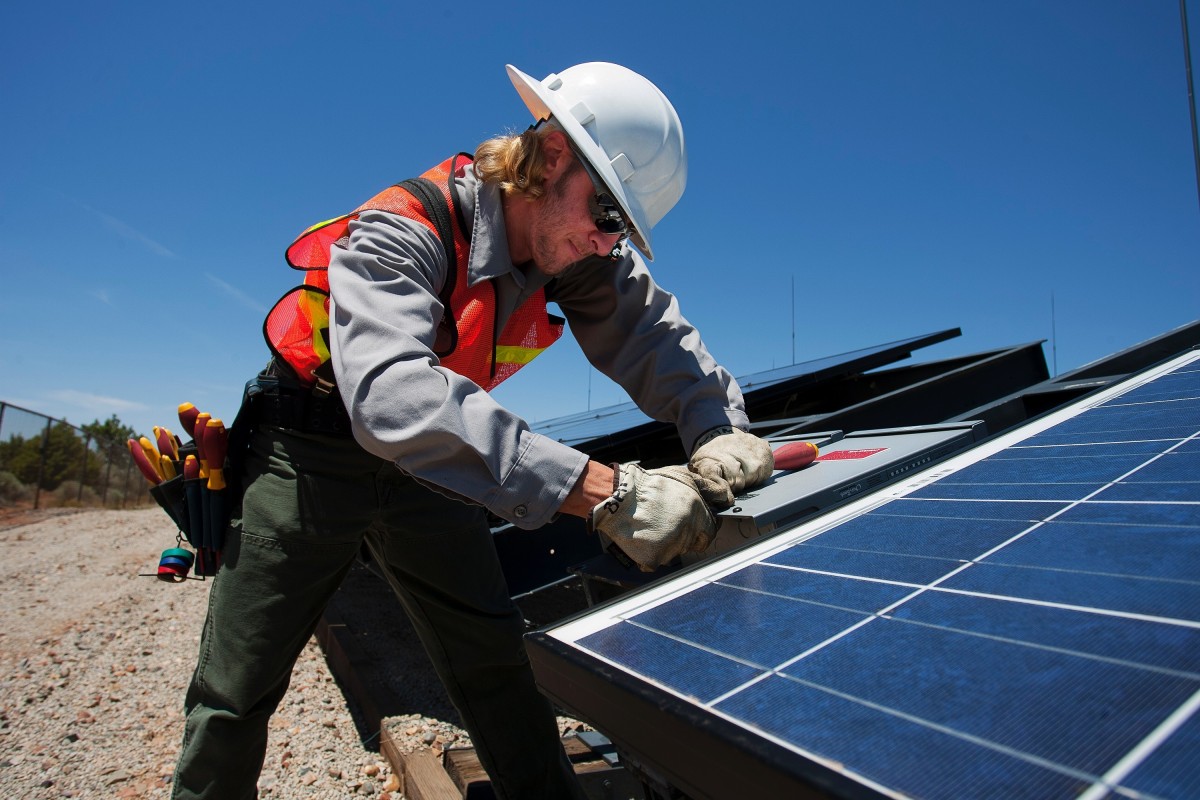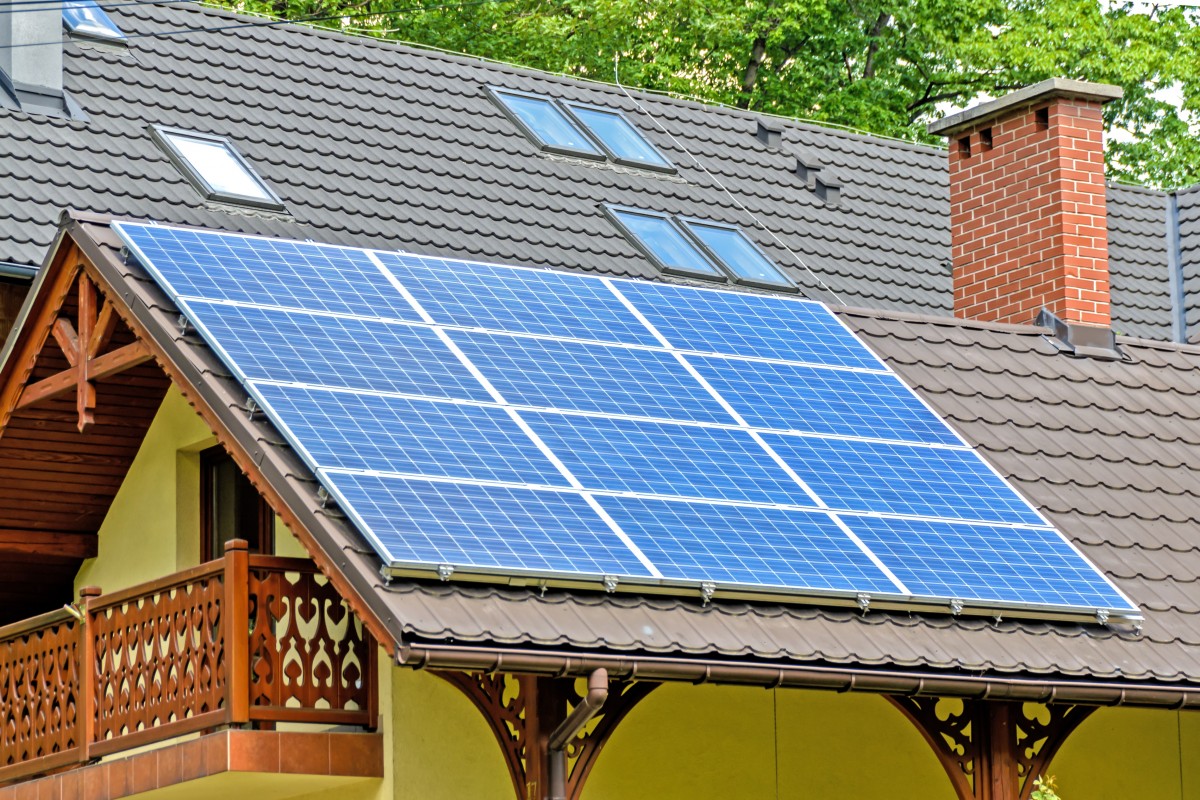How Solar Panels Get Connected
Photovoltaic and thermal solar panels use the sun’s energy to produce electricity and heat.
Inside the building, the solar panels are precisely connected to the rest of your hot water and heating or electricity system.
A certified installer ideally makes these connections.
Connections of a solar thermal system
The solar thermal panels’ installation can allow you to:
– heat domestic hot water
– heat the home;
– provide heating and domestic hot water: this is a combined system.
The solar thermal system in your home consists of (in order of connection)
– solar thermal panels that heat the heat transfer fluid;
– a distribution system for the heat transfer fluid;
– possibly a thermal regulator;
– a hot water storage device, such as a tank;
– in the case of a solar water heater: a piping system distributes the hot water;
– in the case of solar heating: heat emitters, such as radiators or a heating slab;
– in the case of a combined system: both.
It is strongly recommended that a backup boiler be installed if it does not already exist in all three cases. This boiler will take over from the solar thermal panel in winter or bad weather. It is connected directly to the hot water tank.
Connections: no storage for photovoltaic solar

The photovoltaic solar panels installed on a roof or facade are connected to the rest of the electrical system located inside the building. It consists of (in order of connection)
– a regulator: it controls the state of charge of the battery, which has priority in the circuit, and protects the installation;
An inverter transforms the electric current produced, which is direct, into alternating current usable in the building. It also secures the installation in case of power failure. With a lifespan of 8 to 10 years, it should be placed as close as possible to the panels;
– the electrical outlets in the home.
No batteries can be connected to this system. The electricity produced and not used cannot be stored. Therefore, it is interesting to sell the surplus to the public electricity network.
Connections: straightforward for motor-homes
Installing a photovoltaic solar panel on the roof of a motor home allows the battery to be charged using solar energy. You can choose to install the solar panel yourself by buying a kit.
You connect the solar panel to the motor home’s service battery. A charge controller and possibly an inverter are installed between the two. You can also install a second battery.
Connections: a “heating pump” for swimming pools
You can increase the temperature of your pool by several degrees by installing a solar thermal panel. The connection is straightforward, and installation kits are available for everyone.
The solar thermal system for swimming pools is connected to the filtration pump, then:
– a non-return valve prevents backflow;
– a 3-way valve controls the access of water to the solar panel;
– pipes return the heated water to the pool.
If you wish to add an automatic regulation system, you must connect to the filtration pump (in the order of connection)
– a flow controller;
– the regulator;
– a sensor that monitors the water temperature;
– a pump;
– the thermal panels and the pipes.
Suppose you are looking for a solar panel specialist; ALLSTATE ENERGY is the correct address. Contact them today to find out how they can help you reduce your carbon footprint and get a free quote!
Hope you enjoyed reading this post. Don’t forget to tell us about your experience in the comments section below.

